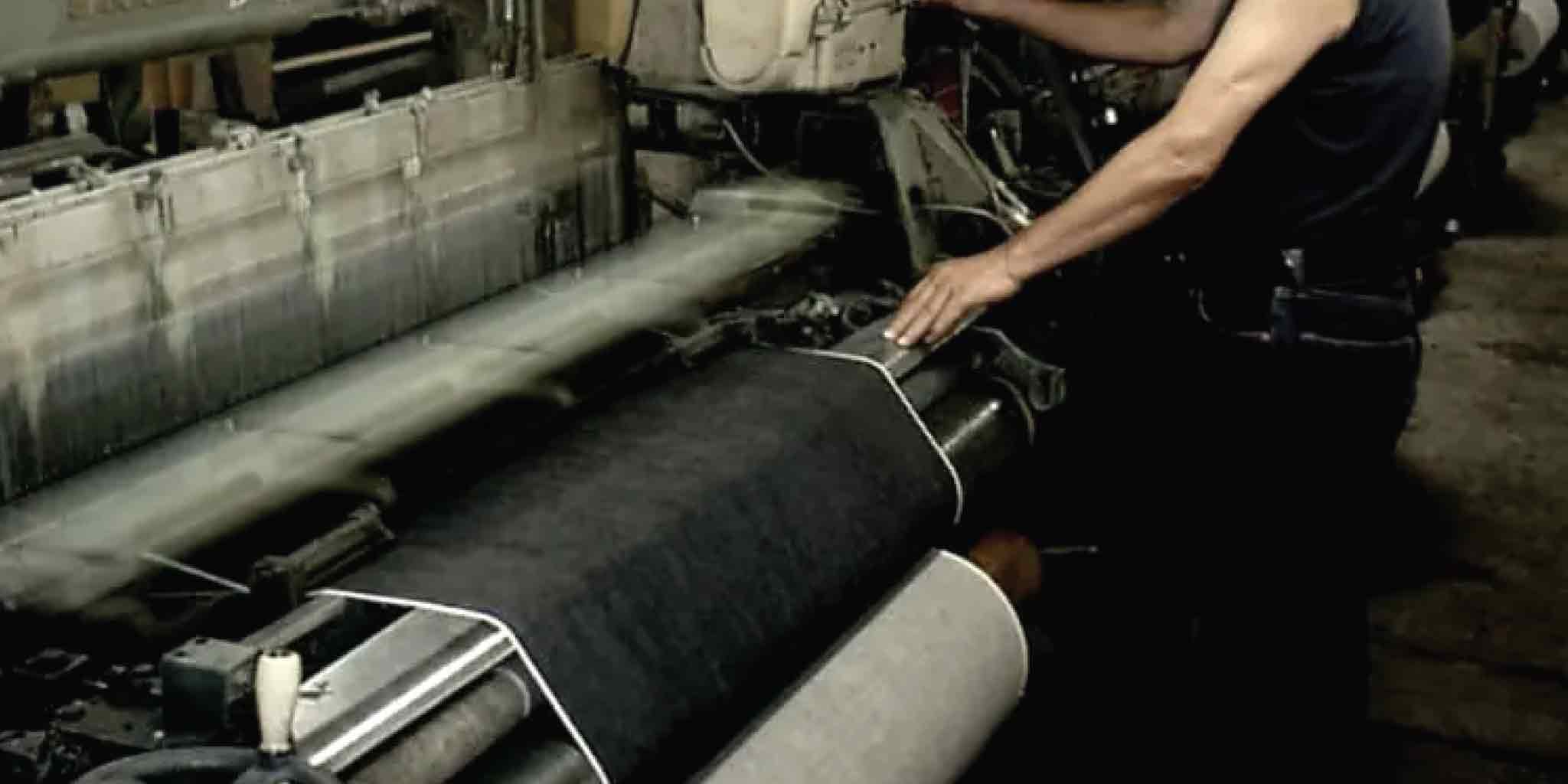JAPANESE SELVEDGE DENIM AND HOW TO CARE FOR IT
WHAT IS JAPANESE SELVEDGE DENIM? HERE'S SOME RICH HISTORY ON THIS PREMIUM EXCLUSIVE MATERIAL.
"Selvedge", (also known as Redline, Raw, or Dry), is derived from the term “self-edge” which describes the tightly woven finished borders of the denim keeping it from unraveling and creating that distinct finished look true to Selvedge Denim.
"Redline", refers to the finished edge where a single woven red line can be seen that distinguishes a premium denim weave.
"Raw" or "Dry", simply means the denim hasn’t been washed or pre-shrunk prior to purchase. The denim is a uniform, deep indigo color with stiff, crisp edges that stands up on its own.
SLOW AND STEADY - KEEPING THE KRAFT ALIVE
There's an artistry to selvedge denim that lends to its culture and popularity, and while times have changed, fortunately the slow handcrafted technique and original machines were never completely lost. Many of the old Shuttle Looms required to make selvedge denim were sold to Japan in the 1950s to meet the post-World War popularity of denim thus making present-day Japanese Selvedge Denim the new standard in old-world denim.
CARING FOR RAW, SELVEDGE JEANS
Simple but Deliberate - The Beginners Guide To Keeping Them Looking Good Without Destroying Them Your new jeans are going to be stiff for a long time! Enjoy the process and like any rich dyed fabric, the unwashed indigo can bleed onto your skin, or potentially other clothing if wet for sustained time, that's part of the wear and break-in process. Denim purists don't respect the pre-made creases, holes and fades as they're only synthesized versions of an individually worn pair. Raw Selvedge Denim comes deeply colored and crisp – to the point of being stiff and it should be noted that the care is simple but very deliberate so read this to ensure you don't destroy your new pair right out of the gate.
WASHING SELVEDGE DENIM
There's no universal school of thought here but the ink is rich and the raw denim can shrink up to 10% so ease into it. Hard-core enthusiasts say wait months (if not a year!) before you even think of washing, or that you should only wash them by walking into the ocean and have them dry on your body.
Obviously that's not practical so we suggest:
1. Turn Your Jeans Inside Out
2. Cold or Lukewarm Water In the Tub With a Little Bit of Mild Soap
3. Let Your Jeans Soak For a Little Bit
4. Gently Scrub the Dirty Spots
5. Rinse With Cold Water
6. Stretch Out the Seams & Towel Excess Water Off
7. Lay Flat or Hang-to-Dry.
If you're going the machine wash route, turn them inside out, wash alone and use a gentle cycle and mild detergent. DONT leave them in the machine after washing, pull them out right after and jump to step 6 & 7.
THAT BRINGS UP THE BIG QUESTION:
Q: When should you wash your new jeans, and how often should you wash them?
A: AS LITTLE AS POSSIBLE





